Langhe Nebbiolo is a red wine that is gaining popularity among wine enthusiasts. It is made from the Nebbiolo grape, which is grown in the Langhe region of Piedmont, Italy. The Langhe region is known for its hilly terrain and favorable climate, which makes it an ideal location for grape growing.
The history of Langhe Nebbiolo can be traced back to the 19th century when it was first produced in the region. However, it was not until the 20th century that it gained recognition as a high-quality wine. Today, Langhe Nebbiolo is considered a premium wine and is highly sought after by wine collectors and connoisseurs.
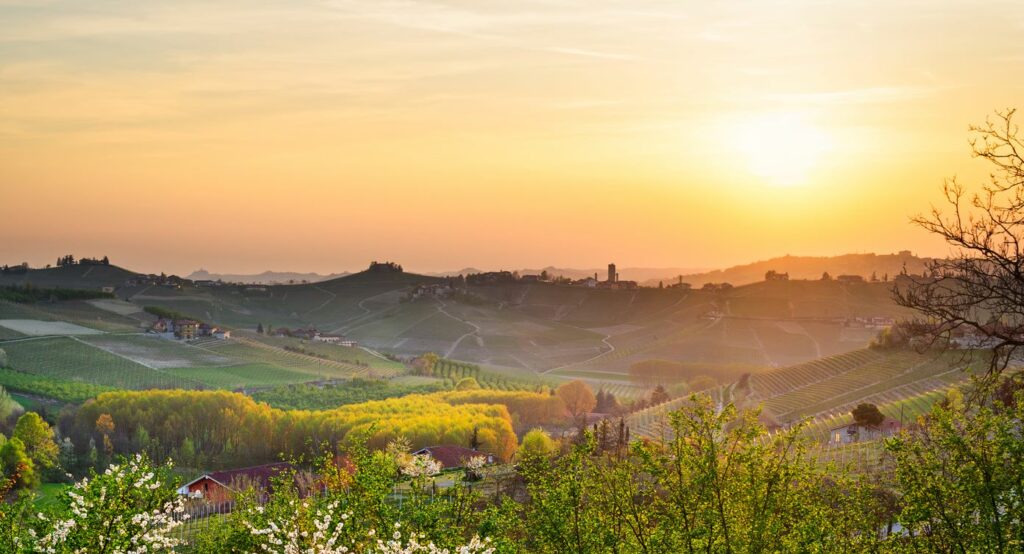
Key Takeaways
- Langhe Nebbiolo is a red wine made from the Nebbiolo grape grown in the Langhe region of Piedmont, Italy.
- The wine has a rich history dating back to the 19th century and is considered a premium wine today.
- Langhe Nebbiolo is highly sought after by wine collectors and connoisseurs.
History of Langhe Nebbiolo
Langhe Nebbiolo is a red wine grape variety that is grown in the Piedmont region of northwestern Italy. It is one of the most important grape varieties in the region and is famous for producing some of the finest wines in the world. Here is a brief history of Langhe Nebbiolo.
The origins of Langhe Nebbiolo can be traced back to the 14th century, when it was first mentioned in historical documents. The grape was originally grown in the Langhe hills of Piedmont, which is where it gets its name. Over time, the grape became popular throughout the region and was used to produce a variety of different wines.
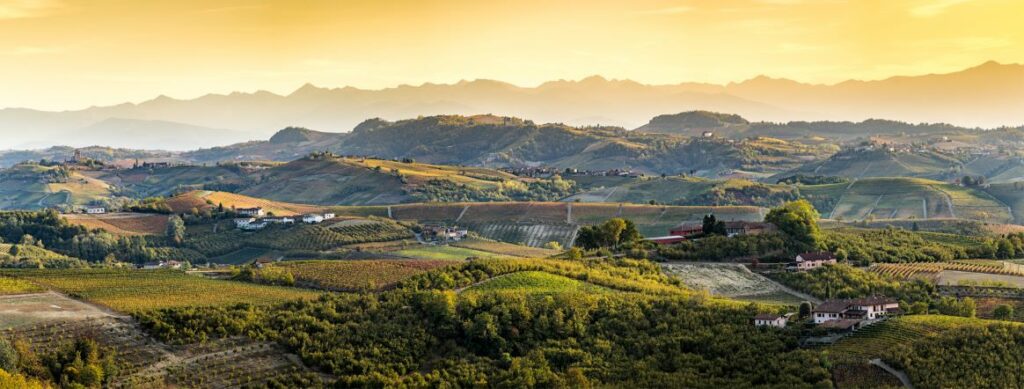
In the 19th century, Langhe Nebbiolo began to gain international recognition for its unique flavor and aroma. It was during this time that the grape was first used to produce Barolo and Barbaresco, two of the most famous wines in the world. These wines are still produced today using the same traditional methods that have been used for centuries.
Today, Langhe Nebbiolo is grown in many different regions around the world, but it is still most closely associated with the Piedmont region of Italy. The grape is known for its complex flavor profile, which includes notes of cherry, raspberry, and tobacco. It is also known for its high tannin content, which gives the wine a firm structure and allows it to age well over time. Overall, Langhe Nebbiolo is a wine that is steeped in history and tradition, and it continues to be one of the most important grape varieties in the world of wine.
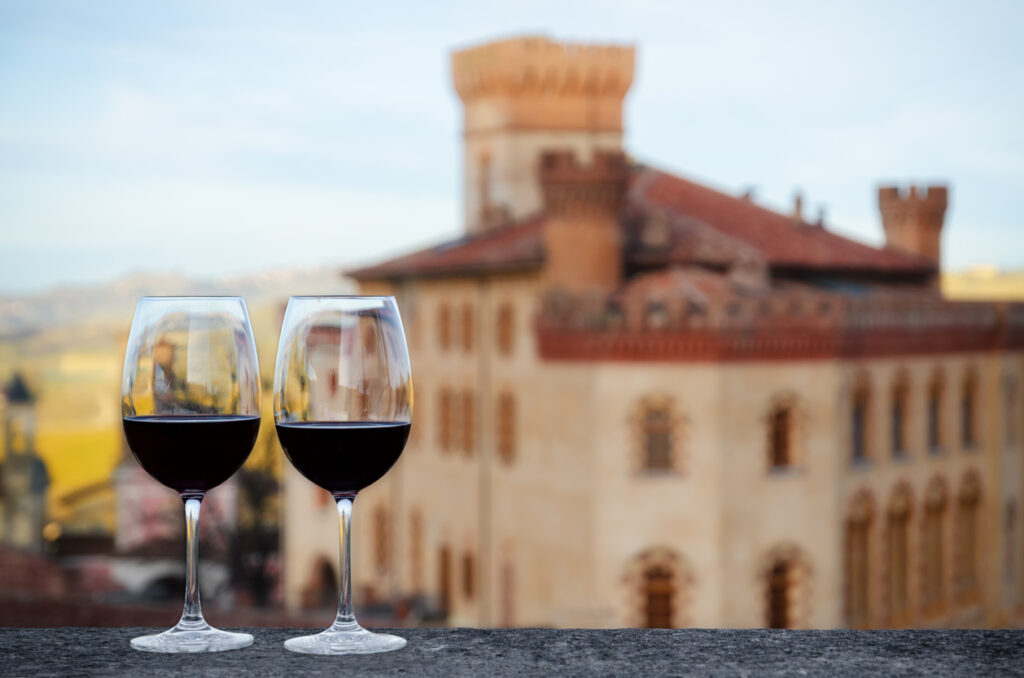
Geographical Indication
Langhe Nebbiolo is a red wine produced in the Langhe region of Piedmont, Italy. The Langhe region is situated in the northwestern part of Italy and is known for its hilly terrain. The region is surrounded by the Alps to the north and the Ligurian Apennines to the south.
The Langhe region is divided into several subzones, including Barolo, Barbaresco, and Alba. These subzones are known for producing some of the best wines in Italy, including Langhe Nebbiolo.
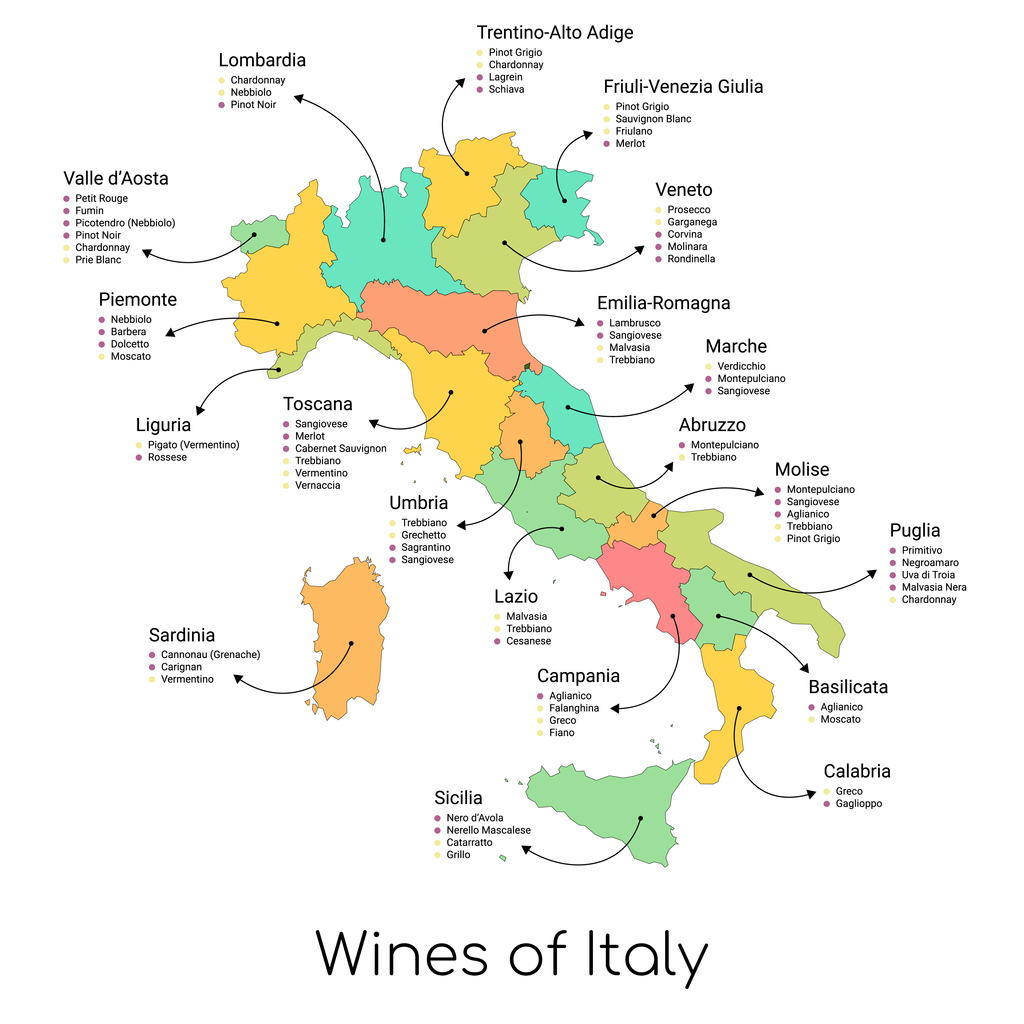
The geographical indication (GI) for Langhe Nebbiolo is regulated by the Consorzio di Tutela Barolo Barbaresco Alba Langhe e Roero. The GI specifies the geographical boundaries for the production of Langhe Nebbiolo, as well as the grape varieties that can be used in its production.
Langhe Nebbiolo is made from the Nebbiolo grape variety, which is grown in the Langhe region. The grape is known for its high tannins, acidity, and complex flavors. The wine is typically aged for a minimum of 18 months, with at least 6 months in oak barrels.
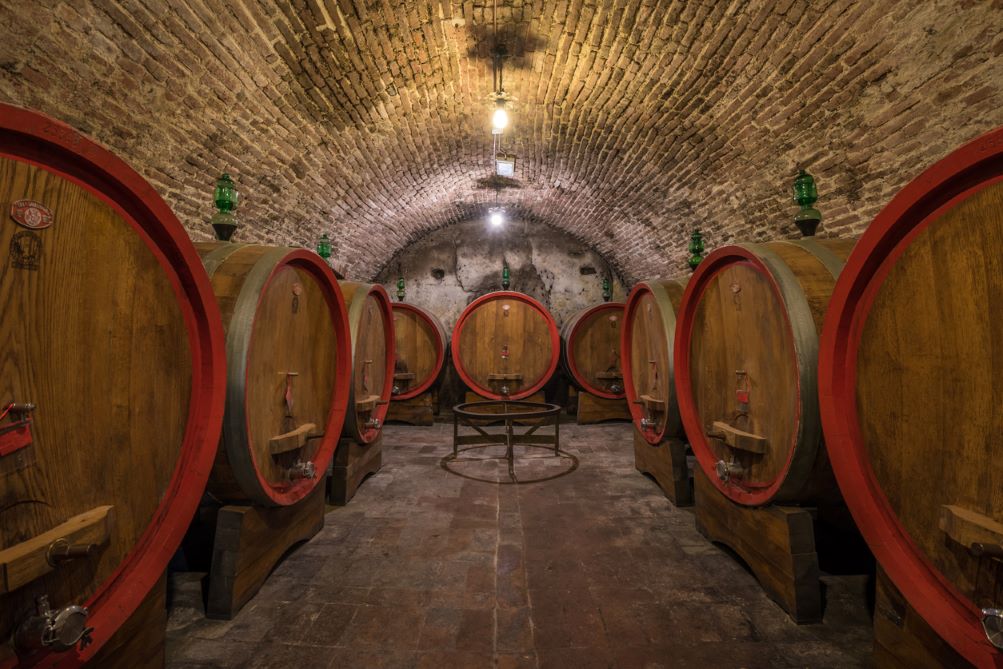
The GI for Langhe Nebbiolo ensures that the wine is produced according to strict standards, which helps to maintain its quality and reputation. The GI also helps to protect the producers and consumers from fraud and counterfeit products.
Viticulture
Langhe Nebbiolo is a red wine grape variety that is primarily grown in the Piedmont region of northwest Italy. The grape is known for its high acidity and tannins, making it a popular choice for producing full-bodied, complex wines.
The vineyards where Langhe Nebbiolo is grown are typically situated on steep slopes with well-draining soils. The grape requires a long growing season, with warm days and cool nights, to fully ripen. As a result, the grape is often harvested in late October or early November.
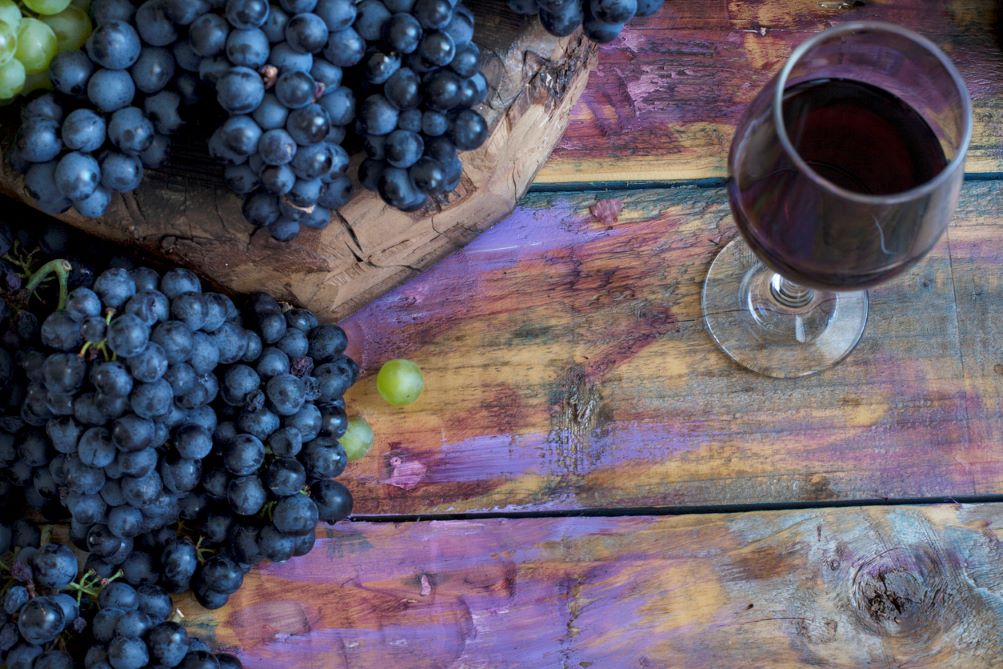
Grape growers in the Piedmont region use a variety of techniques to manage the vineyards and ensure the best possible grape quality. These techniques include crop thinning, canopy management, and green harvesting. Crop thinning involves removing some of the grape clusters during the growing season to reduce yields and concentrate flavors. Canopy management involves controlling the growth of the vine shoots and leaves to ensure proper sunlight exposure and air circulation. Green harvesting involves removing some of the immature grape clusters early in the season to reduce yields and improve grape quality.
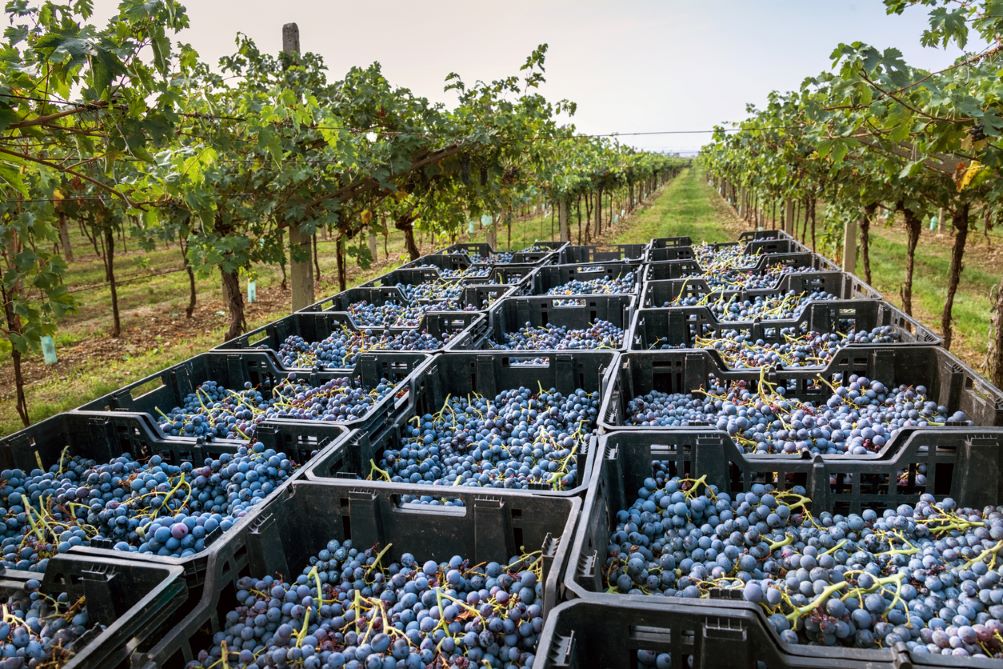
Overall, the viticulture practices used in the Piedmont region are aimed at producing high-quality grapes that can be used to create complex and flavorful wines. With careful vineyard management and attention to detail, growers can produce Langhe Nebbiolo wines that are truly exceptional.
Winemaking Process
Harvesting
Langhe Nebbiolo is typically harvested in late September or early October, when the grapes have reached optimal ripeness. The grapes are carefully hand-picked and sorted to ensure that only the best quality fruit is used in the winemaking process.
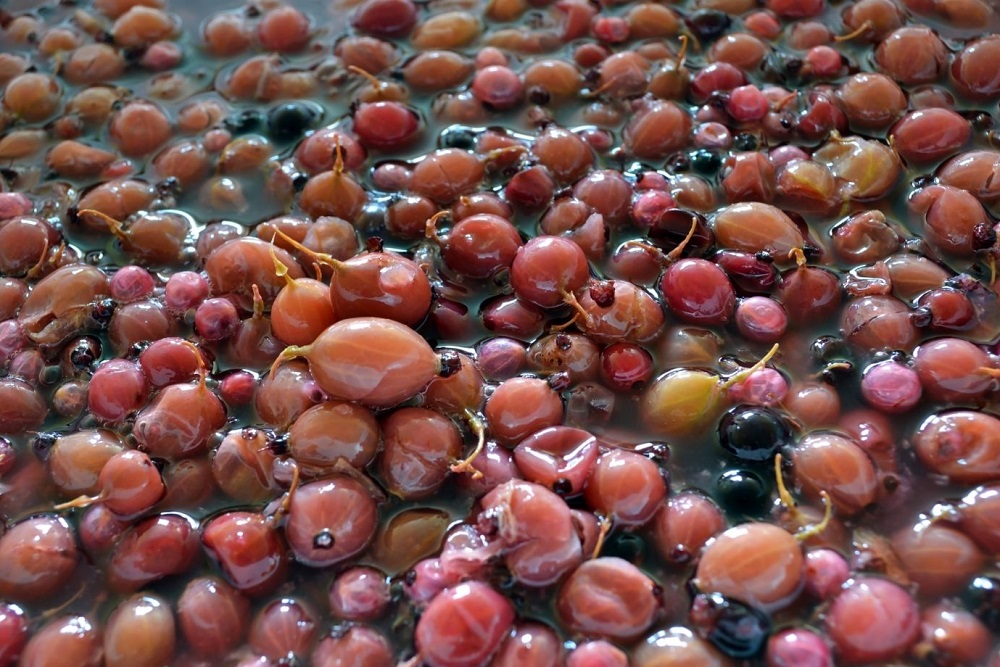
Fermentation
After harvesting, the grapes are destemmed and crushed, and the resulting must is fermented in temperature-controlled stainless steel tanks for approximately two weeks. During this time, the wine is regularly pumped over to ensure even extraction of color, flavor, and tannins from the skins.
Aging
Following fermentation, Langhe Nebbiolo is aged in oak barrels for a minimum of 12 months. This process allows the wine to develop its characteristic complexity and depth of flavor. After aging, the wine is bottled and aged for an additional 6-12 months before release.
Overall, the winemaking process for Langhe Nebbiolo is a delicate balance between tradition and modern techniques. By carefully selecting the best grapes, controlling fermentation, and aging the wine in oak barrels, winemakers are able to produce a wine that is both elegant and complex.
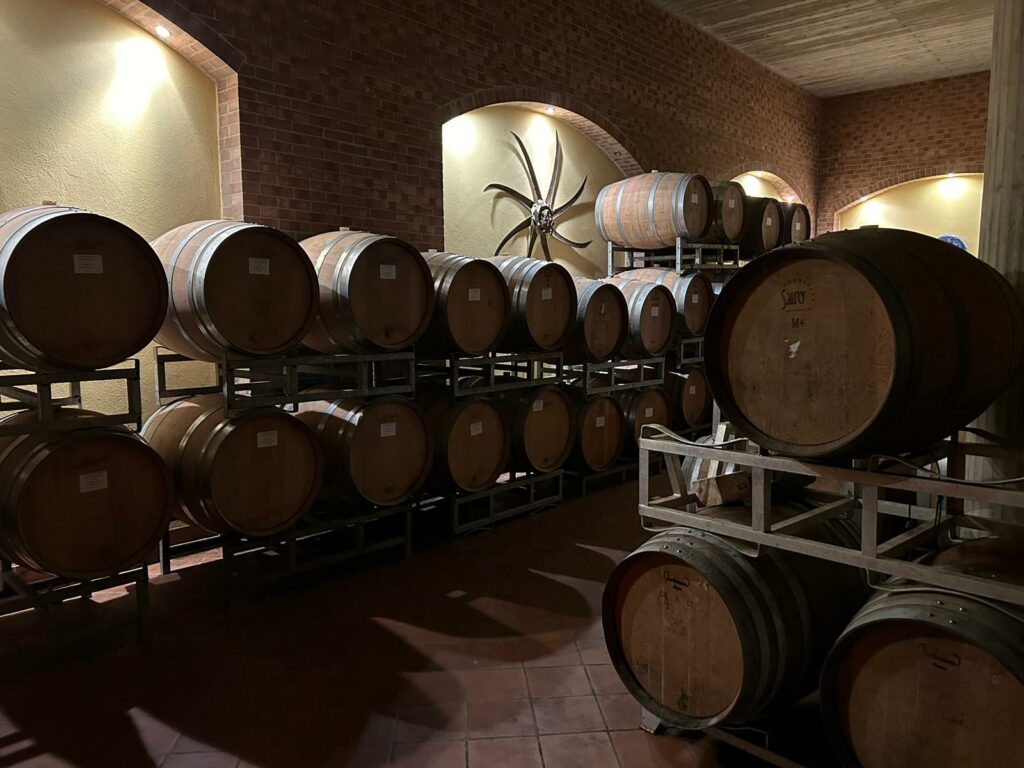
Tasting Notes
Langhe Nebbiolo is known for its elegance and complexity, and these characteristics are evident in its tasting notes. The wine typically has a medium to full body with high acidity and tannins, making it a great wine to pair with food.
On the nose, Langhe Nebbiolo has aromas of red fruit, such as cherry and raspberry, along with floral notes of violet and rose. There are also hints of earthy undertones, such as leather and tobacco.
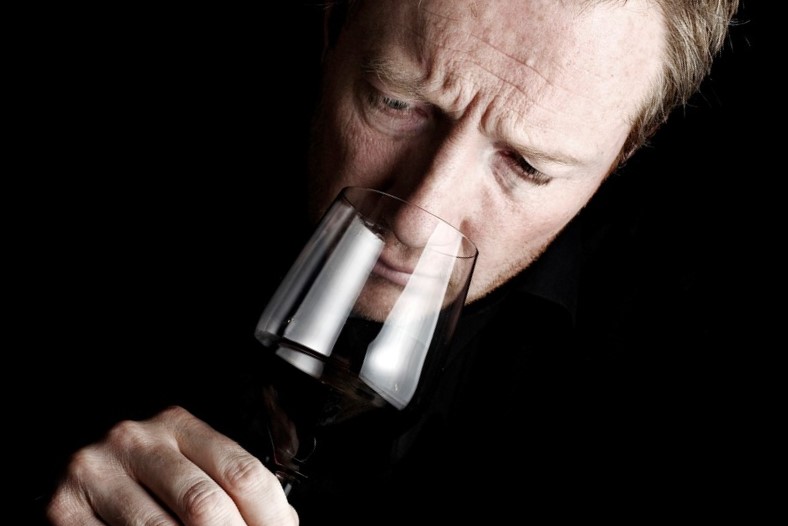
On the palate, Langhe Nebbiolo has a complex flavor profile with a combination of fruit, floral, and earthy notes. The wine has a long finish with a lingering minerality. The tannins are firm and well-structured, providing a good backbone for the wine.
Overall, Langhe Nebbiolo is a wine that is both elegant and complex, with a flavor profile that is sure to impress even the most discerning wine connoisseur.
Food Pairing
Traditional Pairings
Langhe Nebbiolo is a versatile wine that pairs well with a variety of foods. Traditional pairings include hearty meat dishes such as roasted lamb, beef stew, and game meats like venison. The wine’s tannic structure and acidity complement the richness of these dishes, while its fruit flavors add a touch of sweetness to balance out the savory flavors.
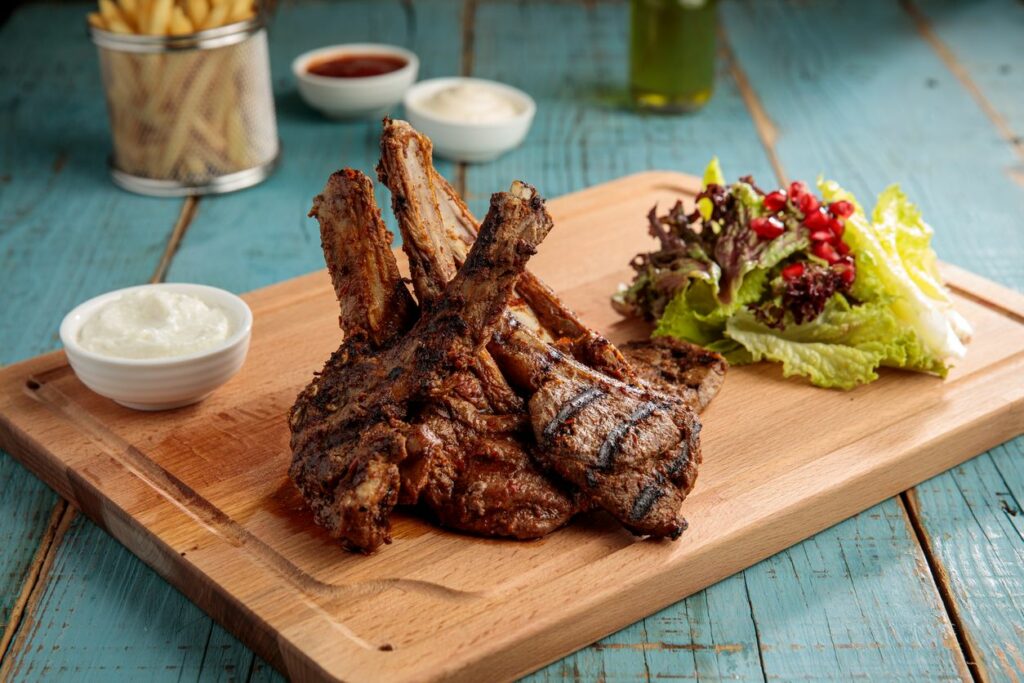
Another classic pairing for Langhe Nebbiolo is aged cheeses such as Parmigiano-Reggiano, Pecorino, and Gouda. The wine’s tannins and acidity cut through the richness of the cheese, while the fruit flavors add a touch of sweetness to balance out the salty flavors.
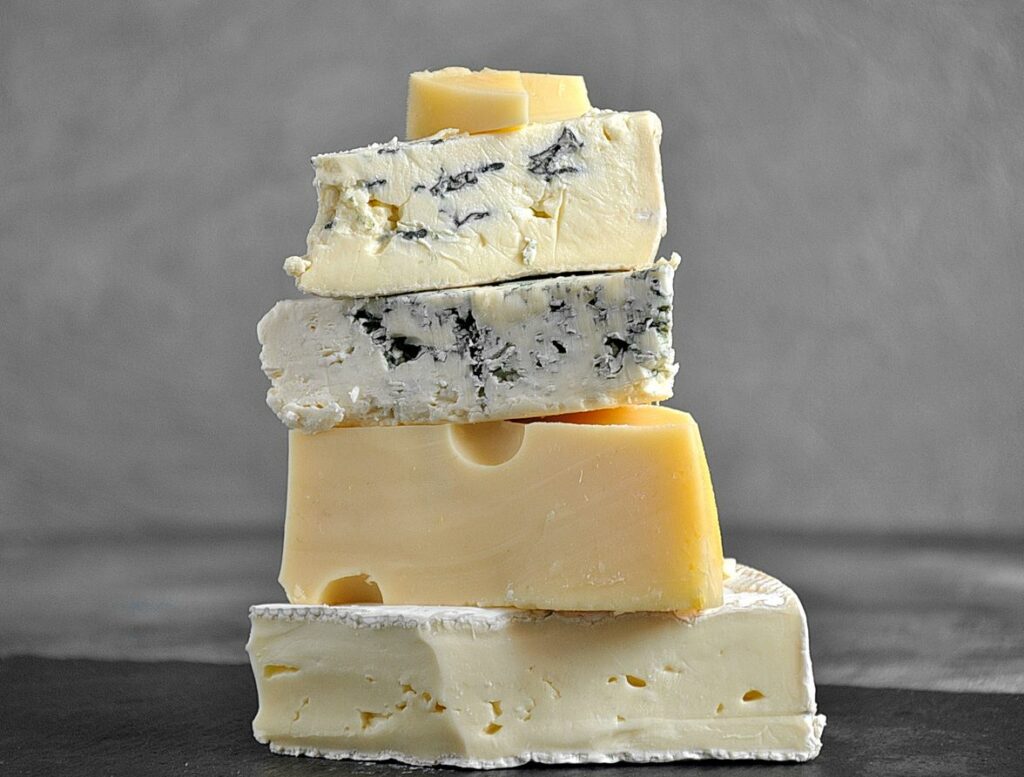
Modern Pairings
In recent years, Langhe Nebbiolo has become a popular wine to pair with more modern, lighter dishes. The wine’s acidity and fruit flavors make it an ideal match for dishes like grilled salmon, roasted chicken, and mushroom risotto.
For a vegetarian option, Langhe Nebbiolo pairs well with roasted vegetables such as eggplant, zucchini, and bell peppers. The wine’s tannins and acidity complement the earthy flavors of the vegetables, while the fruit flavors add a touch of sweetness to balance out the bitterness.
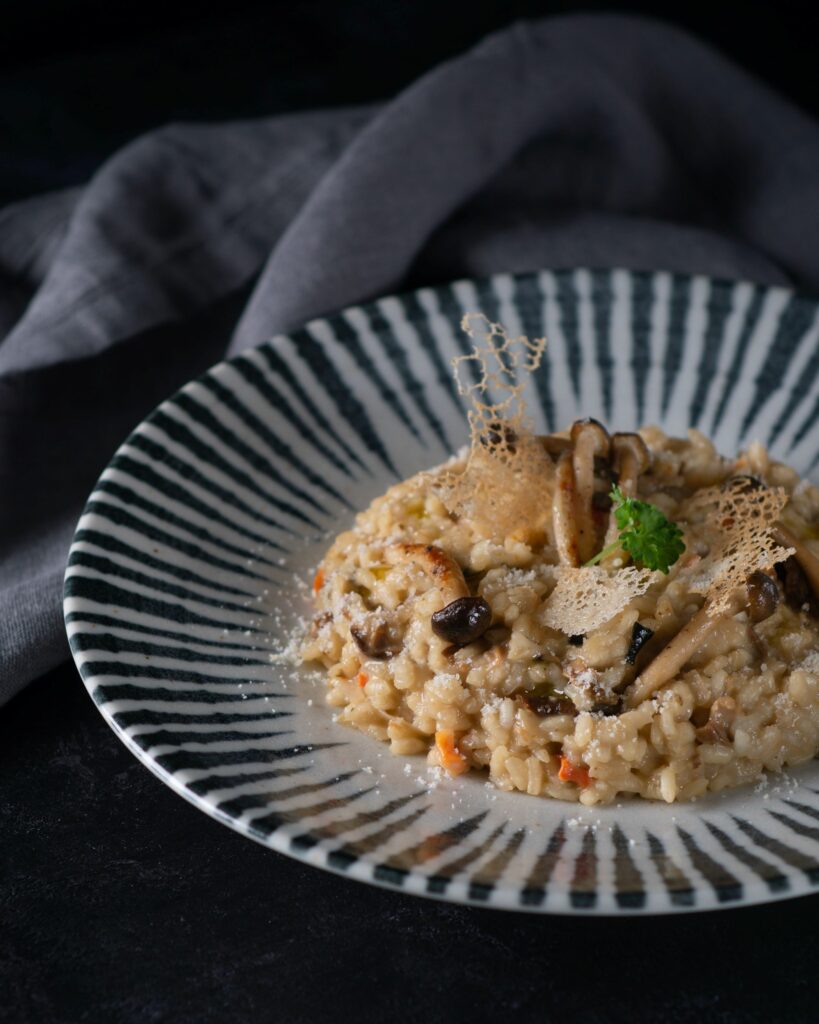
Overall, Langhe Nebbiolo is a versatile wine that can be paired with a wide range of foods. Whether you prefer traditional or modern pairings, this wine is sure to enhance your dining experience.
Conservation and Serving
Langhe Nebbiolo is a wine that can be enjoyed immediately after bottling, but it can also be aged for several years. Proper storage is crucial for the wine to maintain its quality over time.
The ideal temperature for storing Langhe Nebbiolo is between 55°F and 60°F (12°C and 15.5°C). The wine should be kept in a dark, cool place with a consistent temperature and humidity level. It is best to store the wine horizontally to keep the cork moist and prevent it from drying out.

When serving Langhe Nebbiolo, it is recommended to decant the wine for at least an hour before drinking. This allows the wine to breathe and fully develop its flavors and aromas.
The ideal serving temperature for Langhe Nebbiolo is between 60°F and 65°F (15.5°C and 18.5°C). It is best to serve the wine in large, round glasses that allow the aromas to fully develop.
It is important to note that Langhe Nebbiolo is a wine that can be enjoyed with food. You can pair it well with a variety of dishes, including red meats, game, and aged cheeses.
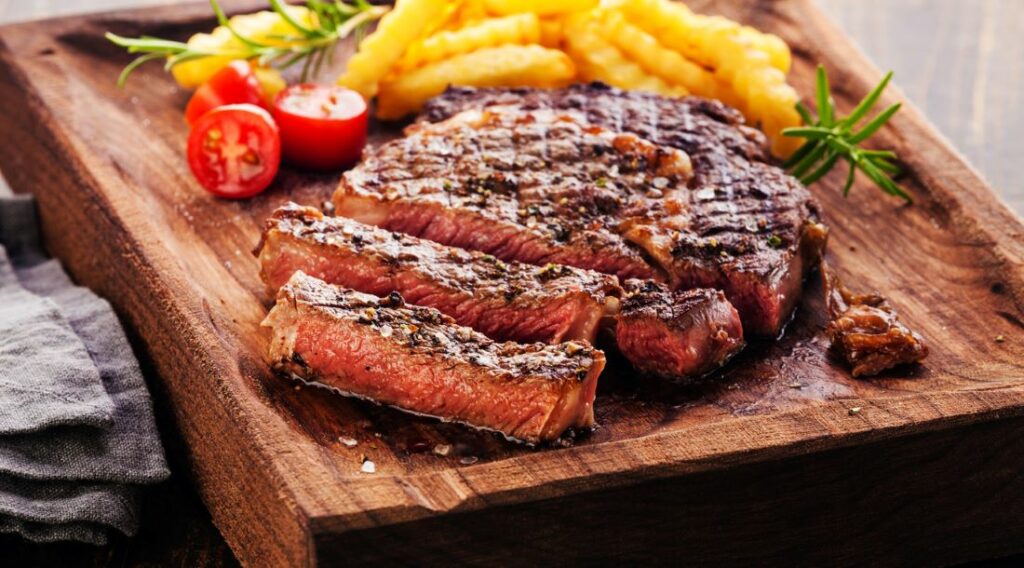
Overall, proper storage and serving techniques are essential for enjoying the full potential of Langhe Nebbiolo.
Market Trends
Langhe Nebbiolo is a wine that is gaining popularity among wine enthusiasts and collectors alike. Its unique flavor profile and versatility make it a favorite among many wine drinkers. Here are some of the current market trends for Langhe Nebbiolo:

- Increasing demand: The demand for Langhe Nebbiolo has been steadily increasing in recent years. This is due in part to its growing reputation as a high-quality wine that offers excellent value for money. As more people discover the unique flavors and aromas of Langhe Nebbiolo, demand is expected to continue to rise.
- Rising prices: With increasing demand comes rising prices. The price of Langhe Nebbiolo has been steadily increasing in recent years, making it a more expensive wine than it once was. However, even with the rising prices, Langhe Nebbiolo still offers excellent value for money compared to other high-end wines.
- Growing popularity in Asia: Langhe Nebbiolo is becoming increasingly popular in Asia, particularly in China and Japan. This is due in part to the growing interest in Italian wines in these countries, as well as the unique flavor profile of Langhe Nebbiolo, which pairs well with many Asian dishes.
- Increasing production: As demand for Langhe Nebbiolo grows, so does production. Many winemakers are now producing Langhe Nebbiolo, which means that there are more options available to consumers than ever before. This also means that prices may become more competitive in the future.
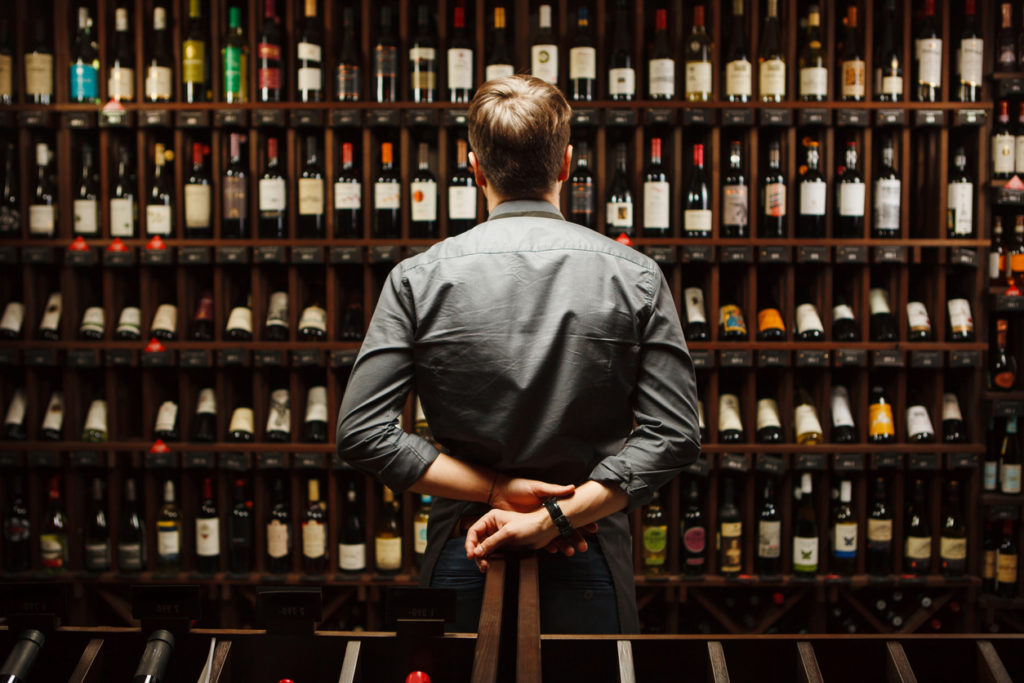
Overall, the market trends for Langhe Nebbiolo are positive, with increasing demand and production. While prices may continue to rise, the unique flavor profile and versatility of Langhe Nebbiolo make it a wine that is well worth the investment.
Top 8 Langhe Nebbiolo Wines in 2023
Gaja – Conteise Langhe 2015
The Gaja Conteise Langhe 2015 is a wine that delivers an exceptional flavor profile, characterized by its rich and complex taste. The wine exhibits notes of dark cherries, blackberries, and hints of spice, creating a luscious and indulgent experience for the palate. Its velvety texture and well-integrated tannins make it a truly luxurious sensation on the tongue.

When it comes to pairing, this vintage offers versatile options for food harmonization. Its robust flavor makes it an excellent match for grilled meats such as ribeye steak or lamb chops. Additionally, its nuanced flavors also complement pasta dishes with rich tomato-based sauces.
Pianpolvero Soprano – Bussia Barolo 2018
The wine’s powerful tannins give it a robust structure, while the well-integrated acidity provides a satisfying balance.
When it comes to taste, this Barolo offers a sensorial experience that evolves with each moment. From the initial burst of juicy cherry and plum to the subtle earthy accents lingering on the finish, every sip unveils new layers of depth and character. This wine truly embodies the essence of traditional Italian winemaking, exemplifying the rich terroir and meticulous craftsmanship behind its creation.
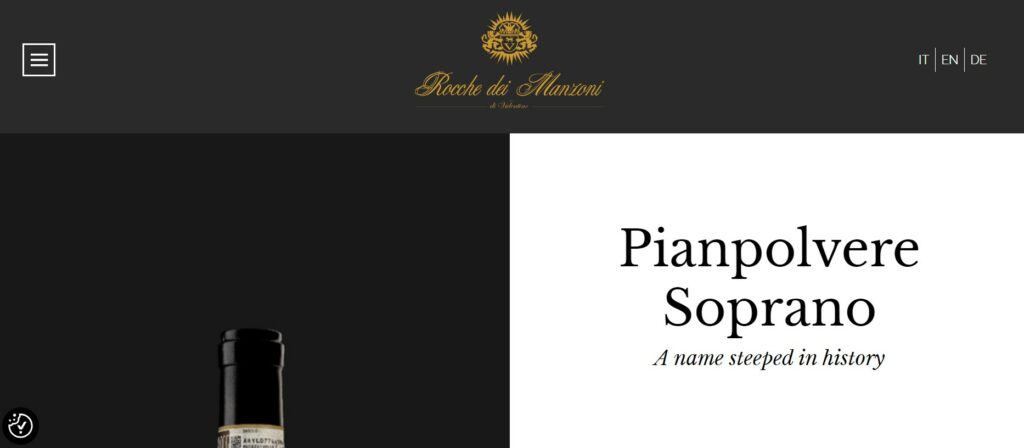
For an unforgettable pairing experience, consider serving this exceptional Barolo alongside hearty dishes such as braised lamb shanks or wild mushroom risotto. The wine’s bold flavors complement savory dishes impeccably well, creating an exquisite harmony that elevates both elements to new heights. Whether enjoyed on its own or paired with cuisine, the Pianpolvero Soprano – Bussia Barolo 2018 promises an enchanting journey for any discerning wine enthusiast.
Massolino – Barolo Parafada 2015
The Massolino Barolo Parafada 2015 is a wine brimming with complex flavors and a rich, velvety taste that captivates the senses. The first sip reveals a combination of ripe cherry, plum, and earthy notes, underscored by hints of licorice and floral aromas that slowly unfold on the palate. Its bold structure and well-integrated tannins make for an elegant yet powerful experience that lingers long after each sip.
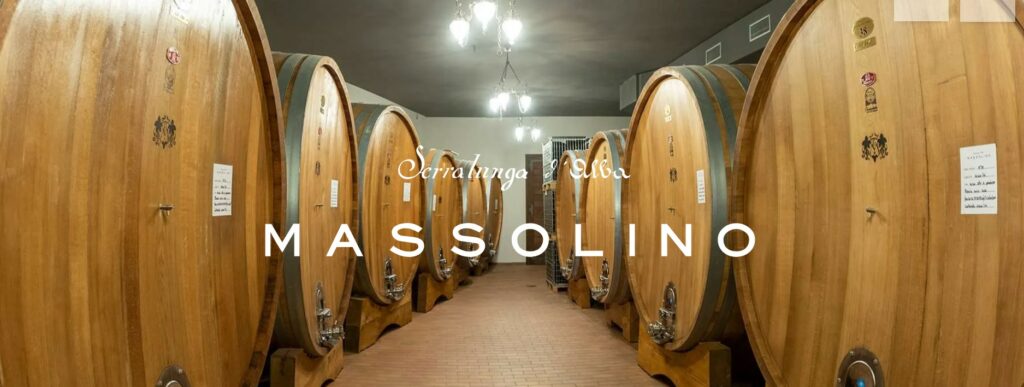
When it comes to pairing, this Barolo is a natural fit for hearty dishes such as roasted lamb or braised beef. The wine’s robust character stands up well to rich sauces and savory meats, creating a perfect balance of flavors that complement each other harmoniously. For those looking for an elevated dining experience, the Massolino Barolo Parafada 2015 is sure to elevate any meal with its depth and intensity.
Ceretto Barolo 2019
The Ceretto Barolo 2019 is a stunner of a vintage, boasting an intricate flavor profile that encapsulates the essence of the Nebbiolo grape. With its intense aromas of dried flowers, ripe cherry, and subtle earthiness, this Barolo offers a complex and layered taste experience. The wine’s robust tannins provide a solid structure that evolves gracefully on the palate, revealing notes of truffle, leather, and spice with each sip.
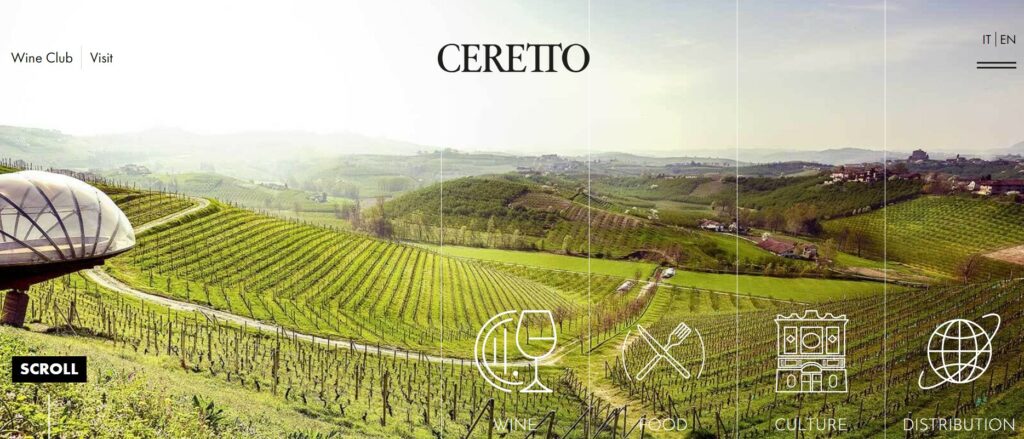
When it comes to pairing, the Ceretto Barolo 2019 shines alongside rich and savory dishes. Its bold flavor can stand up to hearty beef stew or braised short ribs with ease. For a more delicate pairing option, try enjoying this remarkable wine with aged Parmesan cheese for a delightful contrast in flavors. The key lies in allowing the intricate nuances of this Barolo to complement and elevate the chosen dish rather than overpowering it.
Luigi Einaudi – Cannubi Barolo 1997
The Luigi Einaudi Cannubi Barolo 1997 is a magnificent example of the complex and elegant flavors that age can bring to a wine. With over two decades of maturation, this Barolo exudes a combination of dried cherry, leather, and truffle aromas that evolve with each sip. The palate is greeted with an exquisite balance of rich fruit and savory earthiness. At the same time it is topped off with seductive hints of spices and tobacco. The wine’s tannins are well-integrated, creating a seamless texture that lingers on the finish.
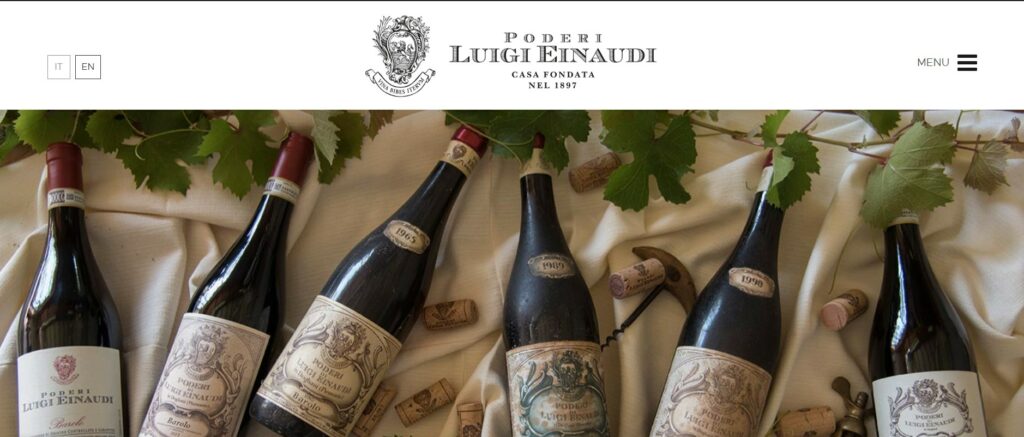
When it comes to pairing, this aged Barolo demands attention. Its depth and complexity complement rich dishes like braised beef or wild game such as venison or boar. Alternatively, its fine acidity makes it an excellent match for hearty pasta dishes with rich tomato-based sauces. It allows the wine’s umami-laden notes to shine alongside the savory flavors. Whether enjoyed on its own or paired with carefully selected cuisine, the Luigi Einaudi Cannubi Barolo 1997 offers a truly indulgent tasting experience that rewards those willing to explore its nuances.
Marchesi di Barolo – Sarmassa Barolo 2015
The wine opens with an enticing aroma of ripe red fruits, dried flowers, and hints of spices. This sets the stage for a lavish tasting experience. On the palate, it delivers bold flavors of black cherry, plum, tobacco, and leather, underscored by firm tannins and vibrant acidity. The wine’s lengthy finish leaves a lingering impression of licorice and earthy nuances that add depth to the overall tasting experience.
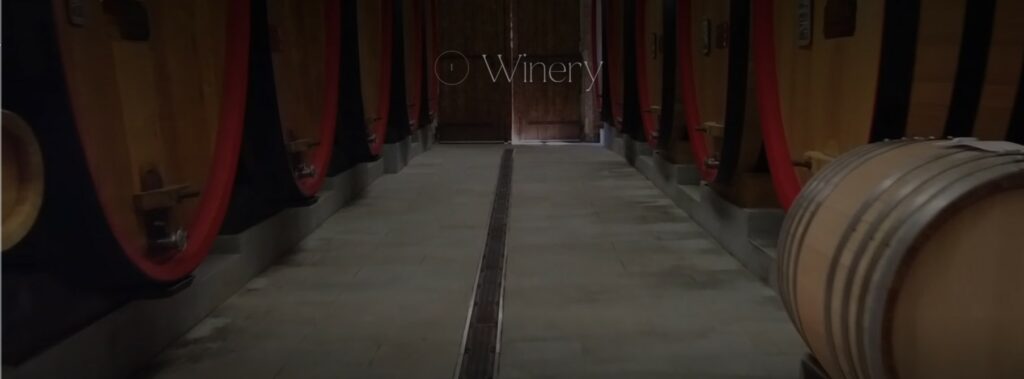
When it comes to pairing this remarkable Barolo, consider matching its robust characteristics with equally bold flavors. Rich dishes such as braised lamb shanks, wild mushroom risotto, or aged Parmigiano-Reggiano cheese can serve as worthy companions to elevate the tasting journey. Additionally, exploring unconventional pairings such as dark chocolate or espresso-based desserts may unveil surprising harmonies. They showcase the wine’s versatility in complementing a wide range of culinary delights.
Alberto Ballarin – Barolo 2019
Alberto Ballarin’s Barolo 2019 is a true embodiment of the intensity and complexity that defines this prestigious Italian wine. Upon first sip, the wine greets your palate with rich flavors of dark cherry, dried herbs, and hints of truffle, creating a symphony of sensory delight. The robust tannins add depth and structure, while the lingering finish leaves a velvety smoothness that beckons another sip.
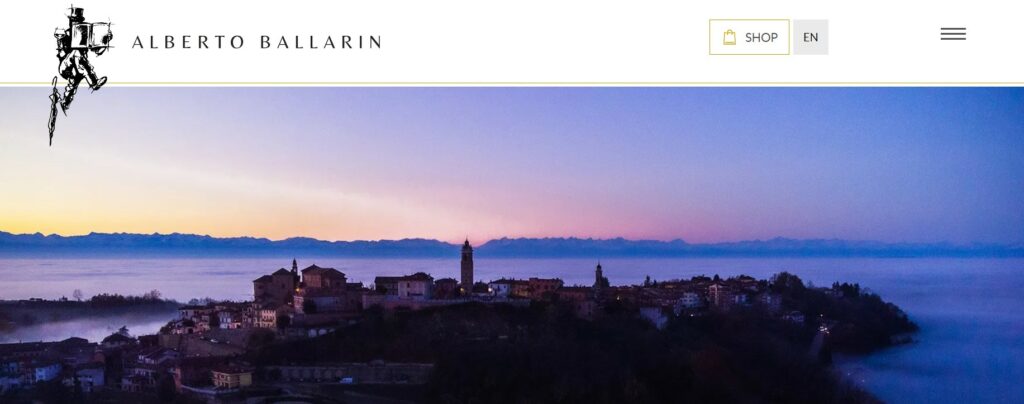
When it comes to pairing this exceptional Barolo, there are endless possibilities to explore. Consider complementing its bold flavor profile with hearty dishes such as slow-cooked lamb shank or wild mushroom risotto. For those who appreciate cheese pairings, aged Parmigiano-Reggiano or gorgonzola will elevate the tasting experience to new heights. The interplay between the wine’s earthy notes and these culinary delights promises an unforgettable gastronomic journey.
Nino Negri – Sfursat Carlo Negri 2019
The Nino Negri Sfursat Carlo Negri 2019 is a standout expression of the Valtellina region’s winemaking prowess. With its rich, complex flavor profile, this wine offers a delightful interplay of dark fruit, spice, and earthy undertones. This combination captivates the palate from the first sip. The intense yet balanced taste reflects the meticulous care taken in crafting this elegant red wine.
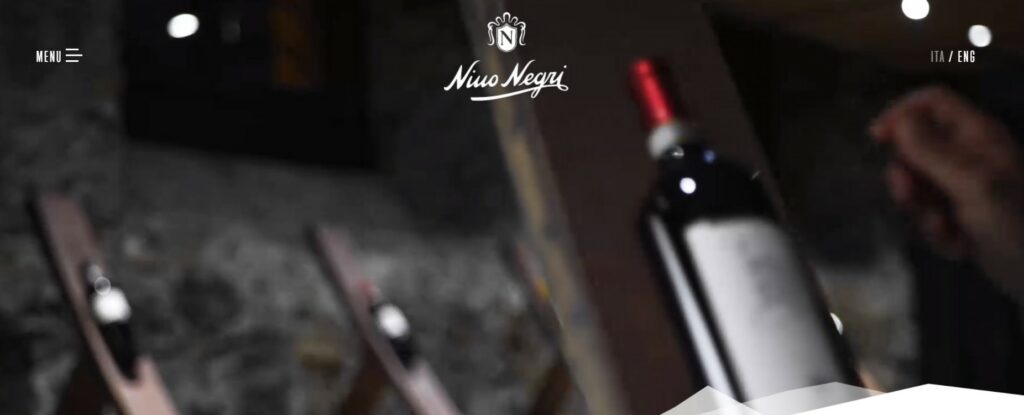
When it comes to pairing, the Nino Negri Sfursat Carlo Negri 2019 is a versatile option for food enthusiasts. Its robust character makes it an excellent match for bold and savory dishes like grilled meats or aged cheeses. However, its refined tannins and nuanced flavors also make it surprisingly compatible with richer seafood options. It pairs well with lobster or salmon, providing a unique and satisfying dining experience.
Frequently Asked Questions
What are some wines similar to Barolo?
Barolo is often considered the king of Italian wines, and Langhe Nebbiolo shares many similarities with it. Other wines that are similar to Barolo include Barbaresco, Gattinara, and Ghemme.
What is the food pairing for Langhe Nebbiolo?
Langhe Nebbiolo pairs well with a wide range of foods, including grilled meats, roasted vegetables, and hearty stews. It is also an excellent accompaniment to hard cheeses such as Pecorino and Parmigiano-Reggiano.
What is the aging potential of Langhe Nebbiolo?
Langhe Nebbiolo can age well for up to 10 years or more, depending on the vintage and winemaking style. The wine develops more complex flavors and aromas with age, making it a popular choice for collectors.
What does Nebbiolo taste like?
Nebbiolo is known for its high acidity, firm tannins, and complex flavors and aromas. The wine typically has notes of red fruit. These are cherry and raspberry, as well as floral and herbal notes, such as rose and thyme.
What is the difference between Nebbiolo and Pinot Noir?
Pinot Noir and Nebbiolo are both red grape varieties, but they have distinct differences. Nebbiolo is known for its high tannins and acidity. Pinot Noir is known for its soft tannins and low acidity. Nebbiolo also has more complex flavors and aromas than Pinot Noir.
What does ‘Langhe’ mean in the context of wine?
‘Langhe’ is a geographical designation in the Piedmont region of Italy. Piedmont is known for producing some of the world’s finest wines. Langhe Nebbiolo is made from grapes grown in the Langhe hills, which are known for their unique soil and microclimate.

